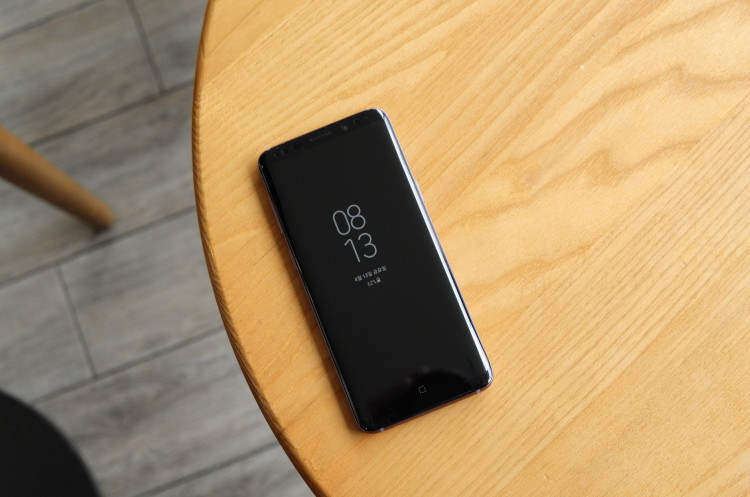Samsung has always been known to innovate new things with its handsets. However, it may not be too fresh, as already a number of Chinese OEMs have already started boasting this technology on their devices, but the company reportedly working on an in-display fingerprint sensor for its next flagship: Galaxy S10. New insights suggest that Samsung has already joined hands with Qualcomm to utilize a third-generation ultrasonic reader for equipping this next-gen technology on its upcoming smartphone.
According to SAMMOBILE, Samsung has already opted to launch its device with the in-display fingerprint sensor and Qualcomm has been tasked to manufacture the third generation ultrasonic reader which will be used to operate the sensor. Qualcomm debuted its first ultrasonic reader back in 2015. The company launched its second edition of the ultrasonic reader back in June 2017. A majority of the Chinese smartphone manufacturer utilized the second-gen ultrasonic reader for their devices' in-display sensor. Now, Qualcomm is reportedly working on a fresh new ultrasonic reader for Samsung Galaxy S10.
GSMArena noted that Qualcomm has already tied its knot with Taiwanese tech maker: General Interface Solutions (GIS) and O-Film for the production of a huge lot of third-generation ultrasonic reader module. As Samsung has a superlative fan following all over the globe, it will require a tremendous range of supply for the equipment for its Galaxy S10. It is expected that the smartphone will have a huge initial launch with a record-breaking number of Pre-orders as it had in case of Galaxy S9. Therefore, the company is taking all possible steps to keep itself ready for a huge rush of shipments.
General Interface Solution (GIS) had already partnered with Qualcomm to develop the 3rd-Gen ultrasonic reader. O-Film already holds the experience of implementing the in-display fingerprint sensor technology over Vivo X21 and X21 UD. However, according to potential sources, the ultrasonic reader will be placed at the back-end of the display panel of Samsung Galaxy S10.
The in-display fingerprint sensor used by the Chinese OEM makers in their previous handset was based on an optical sensor. But this new reader works on the principle of ultrasonic pulses, which takes the impression the pores and the ridges which are unique to every fingerprint. This reproduces an accurate 3D image of the fingertips, making the security strong. Notably, no other details about the specifications of Samsung Galaxy S10 are known till now. The smartphone is expected to be launched by the end of 2019.




